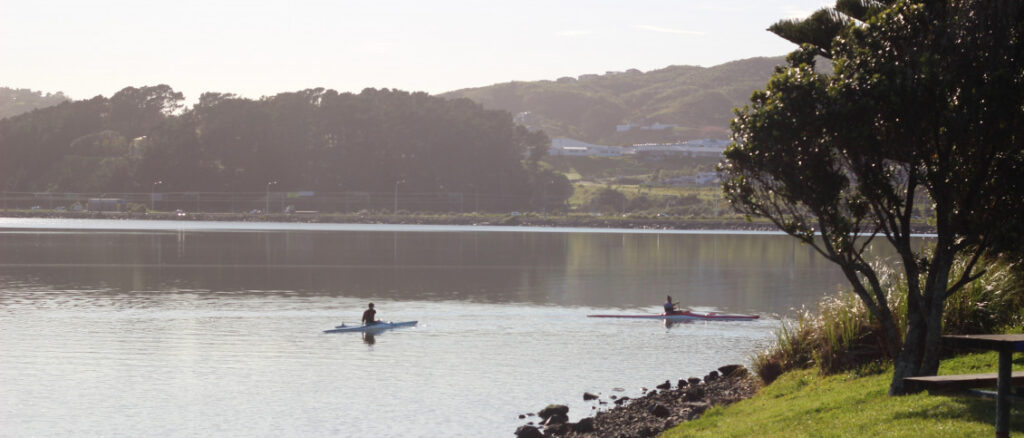
In a landmark move towards climate resilience, the Wellington Regional Leadership Committee (WRLC) has adopted the Wellington Regional Climate Change Impact Assessment Report (WRCCIA). This significant step, taken during a meeting this morning, marks a critical advancement in regional efforts to address and adapt to climate change.
The WRCCIA was developed by a project team that included staff from nine WRLC partner councils, with input from leading climate experts. The report provides an extensive assessment of the risks and impacts of climate change on the Wellington region, including Porirua, over the next century. It forms the first phase of a broader project aimed at equipping the region to handle the effects of a changing climate.
Porirua, as part of the larger Wellington region, is expected to experience notable benefits from the WRCCIA’s findings. With the region projected to grow by 200,000 people over the next 30 years, the report identifies areas and sectors within Porirua that are particularly vulnerable to climate change. It provides a consistent framework to guide the next phase of the project—a regional adaptation strategy.
Key findings from the WRCCIA highlight that climate change impacts will vary across the region. Porirua, with its significant coastal areas and waterways, is particularly at risk. The region comprises 12,300 kilometres of rivers and streams and over 500 kilometres of coastline. Built infrastructure is identified as the most susceptible to climate change impacts.
The report’s data analysis revealed 363 risks and 12 opportunities across five domains. The most significant risks pertain to built infrastructure, followed by the economy, natural environment, human factors, governance, and the transition to low carbon. These domains are highly interdependent, especially governance-related risks, which often arise from other domain risks.
The WRCCIA also underscores the need for consistent data and decision-support tools to manage the challenges posed by climate change. Porirua has already witnessed significant climate impacts, such as the intense rainfall in July and August 2022, which caused numerous slips, destroyed cars, damaged essential water and power infrastructure, blocked roads, and forced the evacuation of residents.
Incorporating mana whenua priorities is a crucial aspect of the WRCCIA, which integrates mātauranga and Te Ao Māori into its framework. The next phase of the project will aim to embed these concepts into a regional adaptation approach.
Following the WRCCIA’s completion, work has already commenced on identifying needs and developing a regional adaptation strategy. This ongoing effort will build on the report’s findings, aiming to pinpoint actions that can help mitigate future costs, enhance resilience, and set Porirua on a path to a thriving and sustainable future.
This milestone marks a pivotal moment in Porirua’s climate resilience journey, showcasing a strong commitment to addressing climate change challenges and securing a sustainable future for the community.




































